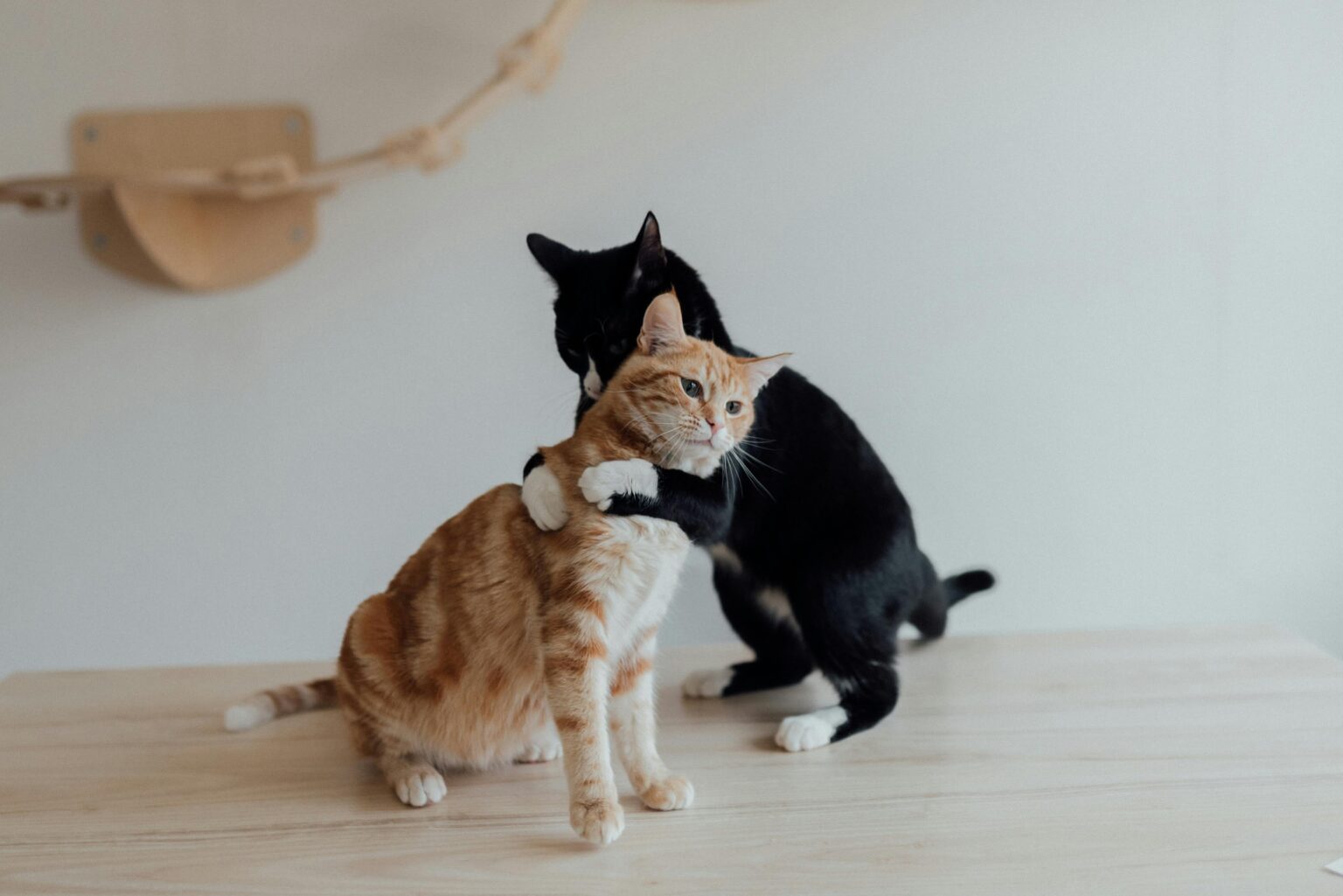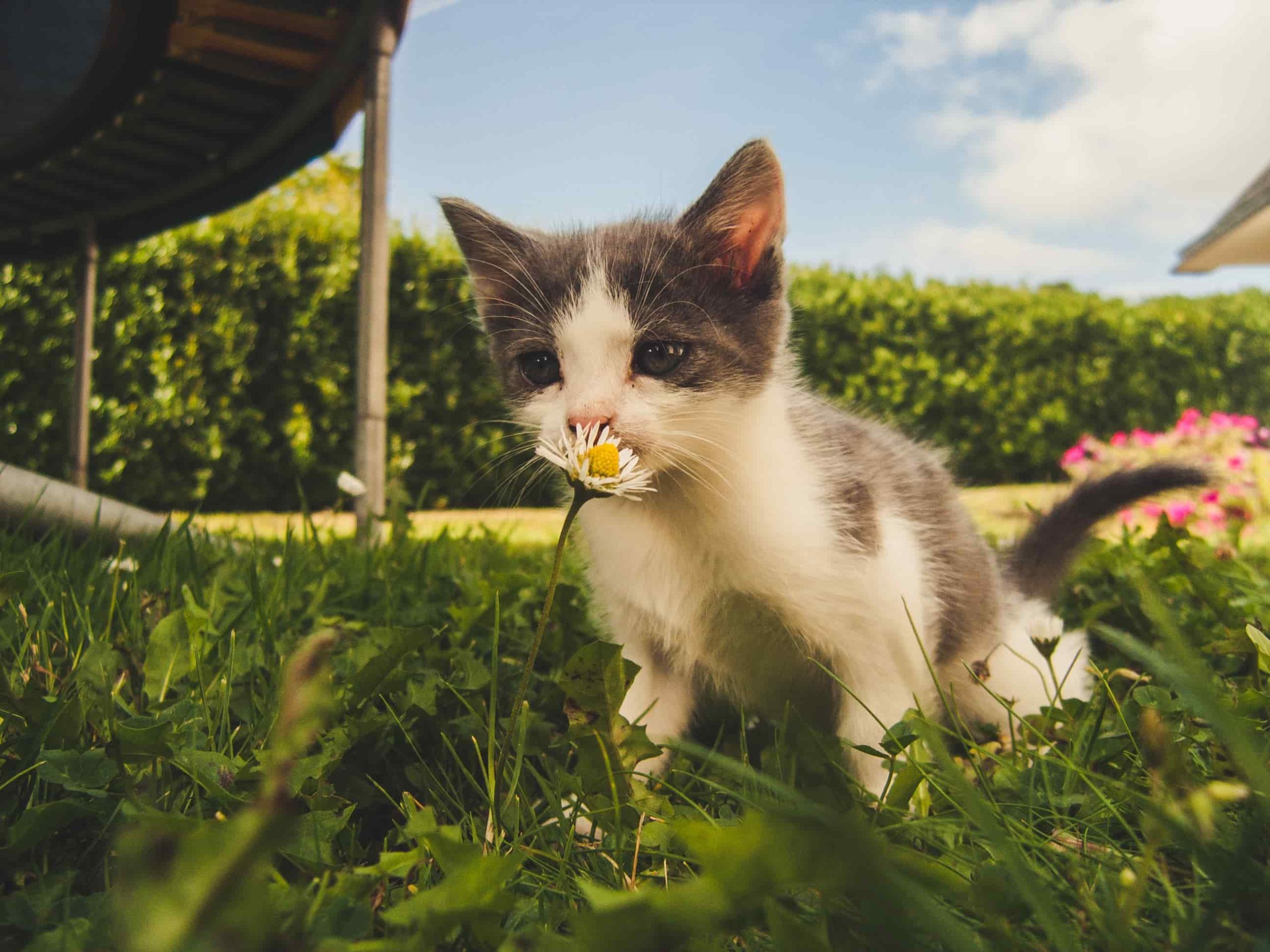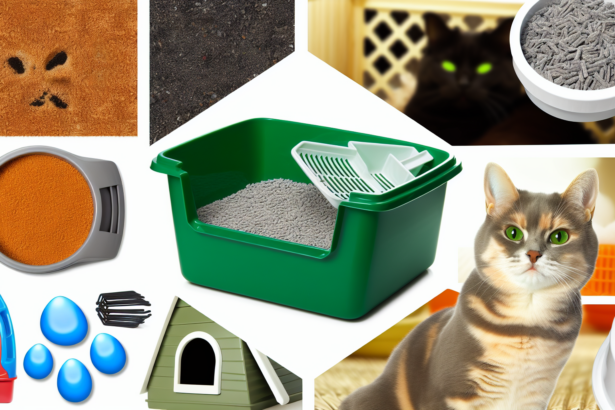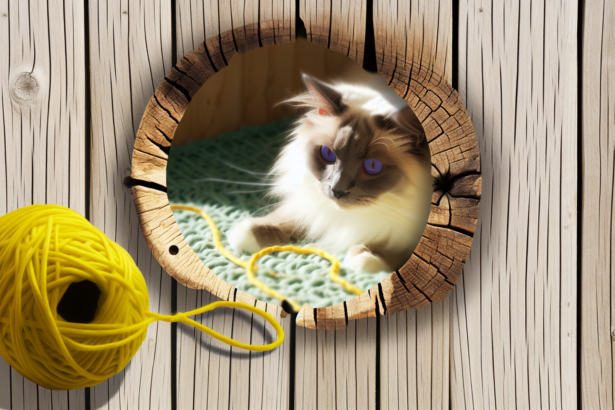Why Cats Bite Each Other’s Necks: What It Really Means
Seen your kitties latch onto each other’s necks and wondered if you should step in? Between playful wrestling, quiet power plays, and mating instincts, this behavior has many faces.
Good news: most of the time, it’s normal. The key is reading the whole scene—not just the bite.
Playful practice: the kitten school of life
Kittens learn bite control and coordination through mock fights. A gentle neck nibble helps them practice without hurting each other.
How to spot a friendly tussle?
- Loose bodies, springy movements, quick role reversals.
- Ears neutral, tails up or softly curved.
- Brief pauses and no yelping.
Fun tidbit: some kittens take turns being the “pouncer” and the “pounced”—a perfect way to learn fairness.
If play suddenly escalates or one cat stops engaging, offer a reset with a short break and a toy redirect. For more context on scuffles, see why cats sometimes fight.
Dominance and household hierarchy
Among adults, a firmer neck hold can signal status. It’s not necessarily “mean,” but it can feel intense for the cat underneath.
Signs it’s about rank rather than fun:
- One cat consistently pins the other and doesn’t release quickly.
- Rigid posture, upright tail, direct stare.
- The other cat avoids or freezes instead of bouncing back.
Astuce you’ll love: create “parallel resources.” Offer two identical feeding spots, two scratchers, and two resting shelves in different zones. This reduces competition and neck-grab moments.
Curious about other reasons cats bite beyond neck play? Explore common triggers in why cats bite.
Mating behavior
During mating, males often grip the female’s neck to steady both cats and reduce sudden movement. It can look rough, but it’s instinctive.
Want to prevent mating-related tension at home? Neutering and spaying remain the most effective choices to calm hormonal behaviors.
Fact you might not expect: “scruffing” is not a universal feline off-switch. Mother cats carry small kittens by the scruff, but scruffing adult cats can be stressful and isn’t recommended for handling.
Game or aggression? Read the signs like a pro
Body language tells the truth
Look at the whole cat, not just the bite:
- Play: loose bodies, soft eyes, bouncy chases, quick resets.
- Aggression: puffed fur, flattened ears, low tail thrashing, rigid movements.
Tails talk, too. Learn the cues in this guide to feline tail language.
Vocalizations: the soundtrack of the mood
Play is usually quiet or includes short, high mews. Long growls, hisses, or sharp yelps suggest stress or pain.
Hear a shift from playful chatter to low growls? Time to intervene calmly.
Context is everything
When does the neck bite happen?
- Right after a nap or zoomies: likely play.
- Near bowls or favorite spots: resource guarding.
- At entryways or new furniture: territory disputes.
Common mistake to avoid: yelling, clapping loudly, or using spray bottles. It can increase anxiety and make your presence feel unsafe. Instead, use a gentle noise, toss a toy aside to redirect focus, or place a cushion between them briefly.
What to do when your cats bite each other’s necks
When to step in
Intervene if you notice:
- One cat cornered or terrified, no escape route.
- Prolonged yowling or real fights (not playful chirps).
- Visible wounds or persistent avoidance afterward.
Separate with a barrier (a pillow or cardboard), not your hands. Then give both cats a cool-down space.
Create a soothing home setup
Your harmony checklist:
- Duplicate resources: bowls, litter boxes, scratchers, beds.
- Vertical escapes: shelves, window perches, tall trees.
- Daily play sessions to drain energy and build happy associations.
Original tip: try a “two-room play circuit.” Place wand toys in Room A and food puzzles in Room B. Rotate which cat starts where to avoid crowding and give both a “win.” If you’re welcoming a new kitten, see how to introduce a new kitten without drama.
When to call a pro
If tensions persist, consult your vet to rule out pain or illness, then a certified behavior professional for tailored strategies.
The Cornell Feline Health Center offers practical guidance on managing aggression between household cats.
Want to decode more everyday quirks? You’ll love our piece on why cats knead.
Prevent neck bites: set your cats up for success
Early socialization
Expose kittens to gentle handling, different rooms, and positive cat-to-cat meetups. Reward calm behavior to build confidence.
Short, sweet sessions beat long, intense introductions every time.
Balance the territory
Think in 3D: cats love height and safe sightlines. Give each cat privacy nooks and split “prime” spots.
Rule of thumb: number of litter boxes = number of cats + 1, placed in separate locations.
Still seeing tension at mealtimes? This guide on why cats scratch the floor can help you read resource-related stress.
Keep their minds busy
Daily play, rotating toys, puzzle feeders, and scent games keep boredom at bay. A tired cat is a kinder roommate.
End sessions with a small snack to mimic “hunt-eat-groom-sleep,” the feline relaxation cycle.
Wrap-up: understanding brings peace
Knowing why cats bite each other’s necks helps you respond with calm, not worry. Observe the signals, shape the environment, and step in only when needed.
With a few smart tweaks, your home can go from tense to tranquil—purrs included.
FAQ
- Why does my cat bite my other cat’s neck out of nowhere? It’s often play or mild dominance. Check body language: loose and bouncy = play; stiff and growly = intervene.
- How do I tell play from fighting? Play has role reversals, brief pauses, and soft bodies. Fighting shows puffed fur, flattened ears, and low growls.
- Should I separate cats that bite necks? Yes if there’s fear, injury, or no chance to retreat. Use a barrier, then offer cool-down time.
- How can I prevent neck-biting conflicts? Duplicate resources, add vertical space, schedule daily play, and consider neutering to reduce hormonal tension.








